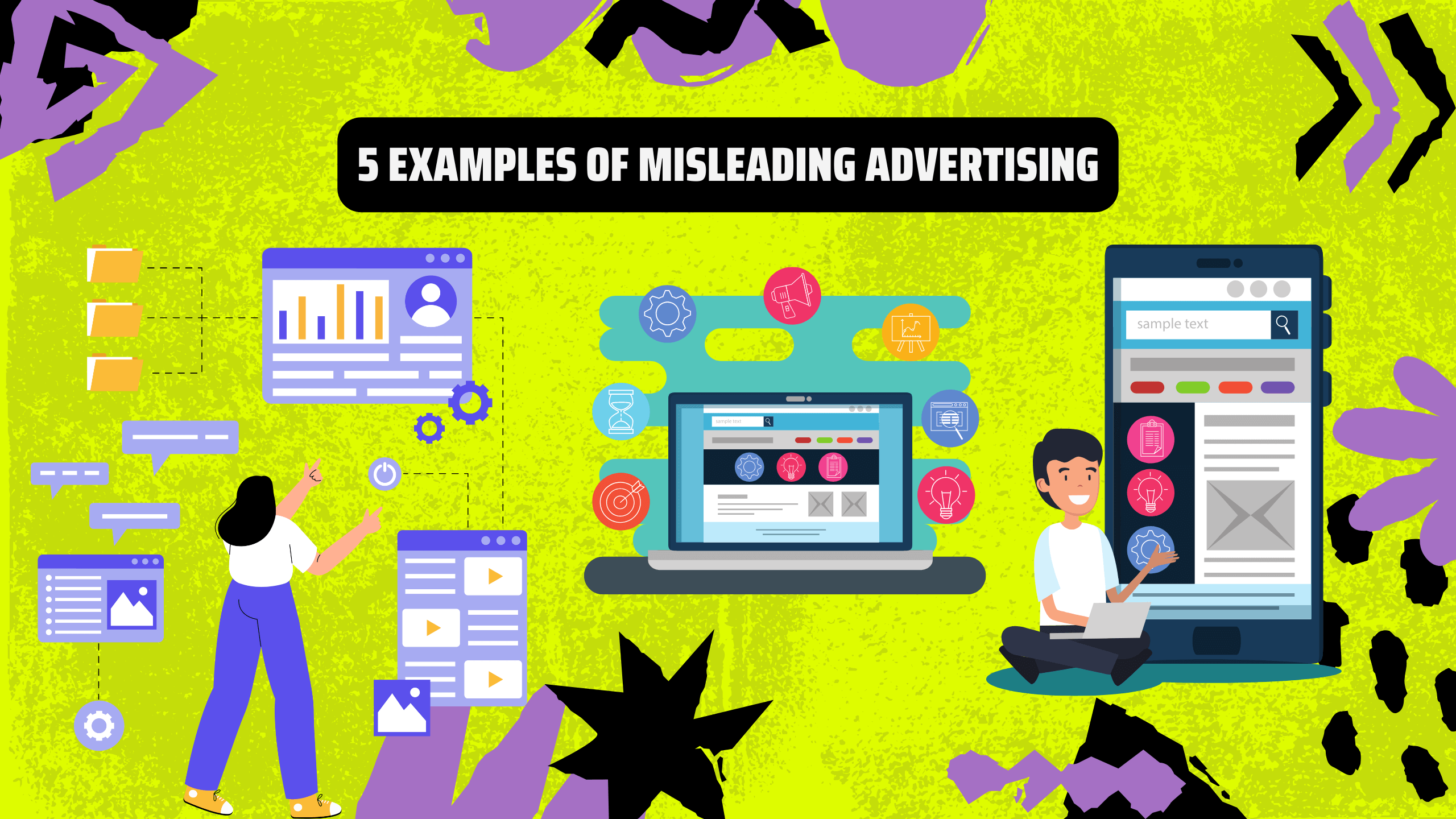In a world where technology shapes every facet of our lives, publishers are at the forefront of an ever-evolving landscape. The proliferation of digital content has led to incredible opportunities, but it has also created vulnerabilities that nefarious actors are keen to exploit. Fraud in the digital space is more than a nuisance; it’s a real threat that can erode trust, damage reputations, and drain revenue.
1. The Scope of Fraud Prevention
Fraud comes in many guises in the digital realm. From the deceptive allure of fake clicks and impressions to the intricacies of ad stacking and domain spoofing, publishers are exposed to a diverse array of fraudulent tactics. Understanding these tactics is crucial for mounting an effective defence against them.
2. The Impacts of Fraud on Publishers
The ripple effects of fraud can have far-reaching consequences for publishers. Beyond financial losses, fraud can tarnish a publisher’s reputation, erode trust with advertisers, and compromise user experiences. It’s not just revenue that’s at stake; it’s the very foundation of a publisher’s digital existence.

3. Strategies for Fraud Prevention
a. Ad Verification and Monitoring: Deploying sophisticated ad verification tools is akin to stationing guards at the gates. These tools meticulously scrutinize ad placements to ensure they align with your content and user experience.
b. Traffic Analysis: Keep a watchful eye on your traffic patterns. Anomalies could be red flags pointing to potential fraudulent activities that require investigation.
c. Bot Detection: Bots are the foot soldiers of digital fraud. Advanced bot detection mechanisms are your frontline defence against non-human traffic that threatens the authenticity of your engagement metrics.
d. Domain Authentication: The battle against fraud extends to the realm of authentication. Implementing protocols like ads.txt and sellers.json fortifies your digital borders against domain spoofing and unauthorized inventory sales.
4. Collaboration and Transparency
a. Partnership with Advertisers: In the fight against fraud, publishers and advertisers are allies. Open lines of communication foster an environment where concerns are addressed collaboratively, and fraud prevention strategies are shared.

b. Transparent Reporting: Transparency is a powerful weapon against fraud. Detailed and candid reporting to advertisers about ad placements, impressions, and engagement metrics enhances trust and minimizes room for fraudulent activities.
5. Future Trends in Fraud Prevention
As technology marches forward, fraudsters are quick to adapt. To stay ahead of the curve, publishers must explore emerging technologies like blockchain and artificial intelligence. These innovations offer novel and potent tools in the ongoing battle against digital fraud.
Conclusion: Safeguarding Your Digital Frontier
In the ever-evolving digital landscape, the commitment to fraud prevention is a commitment to your digital domain’s vitality. Beyond financial considerations, it’s about upholding the integrity of your content, protecting the trust of your audience, and nurturing fruitful relationships with advertisers. By adopting a proactive and vigilant stance against fraud, publishers empower themselves to navigate the digital realm with confidence and resilience.
Remember, the battle against fraud is ongoing, but armed with knowledge, technology, and a collaborative spirit, you can confidently navigate the digital landscape and keep your online kingdom safe.










